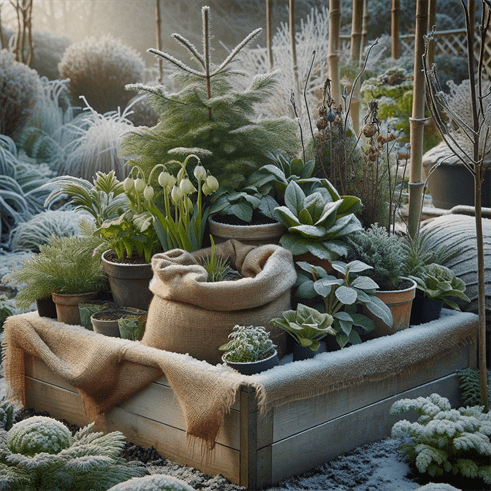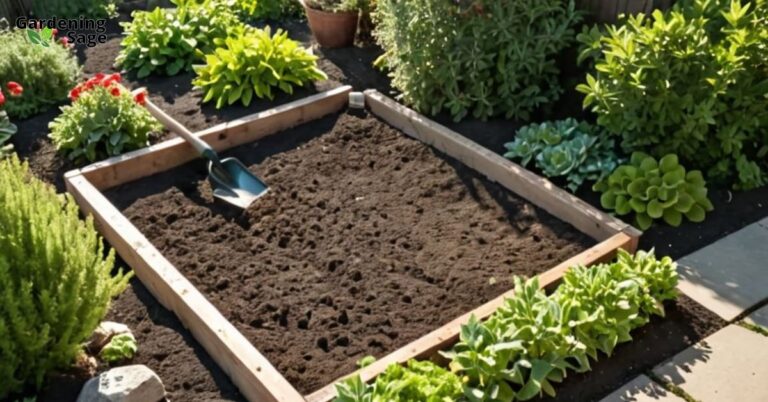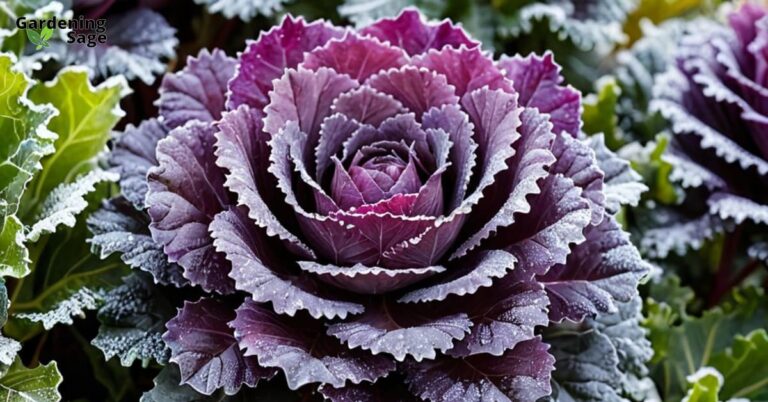Gardening in cold climates can be a challenging yet rewarding endeavor. With plummeting temperatures and harsh weather, it may seem daunting to keep a garden alive, let alone thriving.
However, with the right knowledge and techniques, you can turn your winter garden into a resilient and vibrant oasis.
This comprehensive guide will explore strategies for successful cold-climate gardening, ensuring your green space flourishes even in the depths of winter.

Embracing the Challenge of Cold-Climate Gardening
Gardening in colder regions requires a different approach than in milder climates. It involves understanding the local climate, choosing appropriate plants, and employing specific techniques to protect them from the cold.
Understanding Your Climate Zone
Knowing your climate zone is crucial for selecting plants that can survive and thrive in your garden. Plants are often rated by their hardiness, which indicates their ability to withstand cold temperatures.
Familiarize yourself with the USDA Hardiness Zone map or a similar guide relevant to your area to choose plants that are suited to your local conditions.
Selecting the Right Plants
The key to a successful winter garden is choosing plants that are well-adapted to cold weather.
Look for cold-hardy perennials, winter vegetables, and evergreens. Plants like kale, Brussels sprouts, and winter cabbage can withstand frost, while evergreens add color and structure to a dormant winter landscape.
Maximizing Microclimates
Every garden has microclimates – small areas where the conditions differ from the overall climate. Identifying and utilizing these microclimates can significantly enhance your garden’s resilience.
Planting near south-facing walls, for instance, can provide extra warmth and shelter for more delicate plants.
Soil Preparation and Care
Healthy soil is the foundation of any garden, especially in cold climates.
Before the onset of winter, enrich your soil with organic matter, such as compost or well-rotted manure, to improve its structure and nutrient content. This will help ensure that your plants have the best possible growing conditions.
Utilizing Season Extenders
Season extenders like greenhouses, cold frames, and row covers can create a more favorable environment for your plants. These structures protect plants from frost and snow, allowing you to extend the growing season and even grow certain vegetables throughout the winter.
Mulching for Protection and Insulation
Mulching is particularly important in winter gardening. It helps retain soil moisture, regulate temperature, and protect plant roots from freezing.
Organic mulches, like straw or shredded leaves, also add nutrients to the soil as they decompose.
Strategic Watering Practices
Watering in cold climates needs to be strategic.
Plants require less water during the winter months, but it’s important to ensure that they receive enough moisture, especially if they’re under cover or if the winter is particularly dry.
Frost Protection Techniques
Frost can be detrimental to many plants. Employ frost protection techniques such as using frost cloths or burlap to cover vulnerable plants, especially on nights when a freeze is expected.
Watering plants the night before a frost can also help protect them, as moist soil retains heat better than dry soil.
Embracing Container Gardening
Containers are versatile and can be particularly useful in cold climates. They allow you to move plants to sheltered locations during extreme weather and can be a great way to grow a variety of plants, including herbs and small vegetables, outside of their usual growing season.
Creating Winter Interest
A winter garden doesn’t have to be dull. Incorporate plants with interesting bark, berries, or evergreen foliage to add visual interest.
Structures like trellises, sculptures, or bird feeders can also enhance the aesthetic appeal of your garden during the colder months.
Supporting Wildlife
Your winter garden can provide crucial habitat and food sources for local wildlife. Include plants that produce berries or seeds, and consider setting up bird feeders and water sources to support birds and other wildlife through the winter.
Regular Monitoring and Maintenance
Regularly check your garden for signs of stress, disease, or pest activity. Timely intervention can prevent minor issues from becoming major problems.
Clearing away snow from shrubs and delicate plants can also prevent damage.
Learning and Adapting
Cold-climate gardening is a continuous learning experience. Keep a garden journal to track what works and what doesn’t, and don’t be afraid to experiment with different plants and techniques.
Gardening in a cold climate can require some trial and error, but it’s a rewarding process.
The Joys of Winter Gardening
Gardening in a cold climate presents unique challenges, but with the right strategies, it can be immensely gratifying.
By understanding your local conditions, choosing the right plants, and employing protective measures, you can enjoy a vibrant garden even in the coldest months.
Embrace the beauty and tranquility of winter gardening and watch as your garden becomes a testament to resilience and care.














